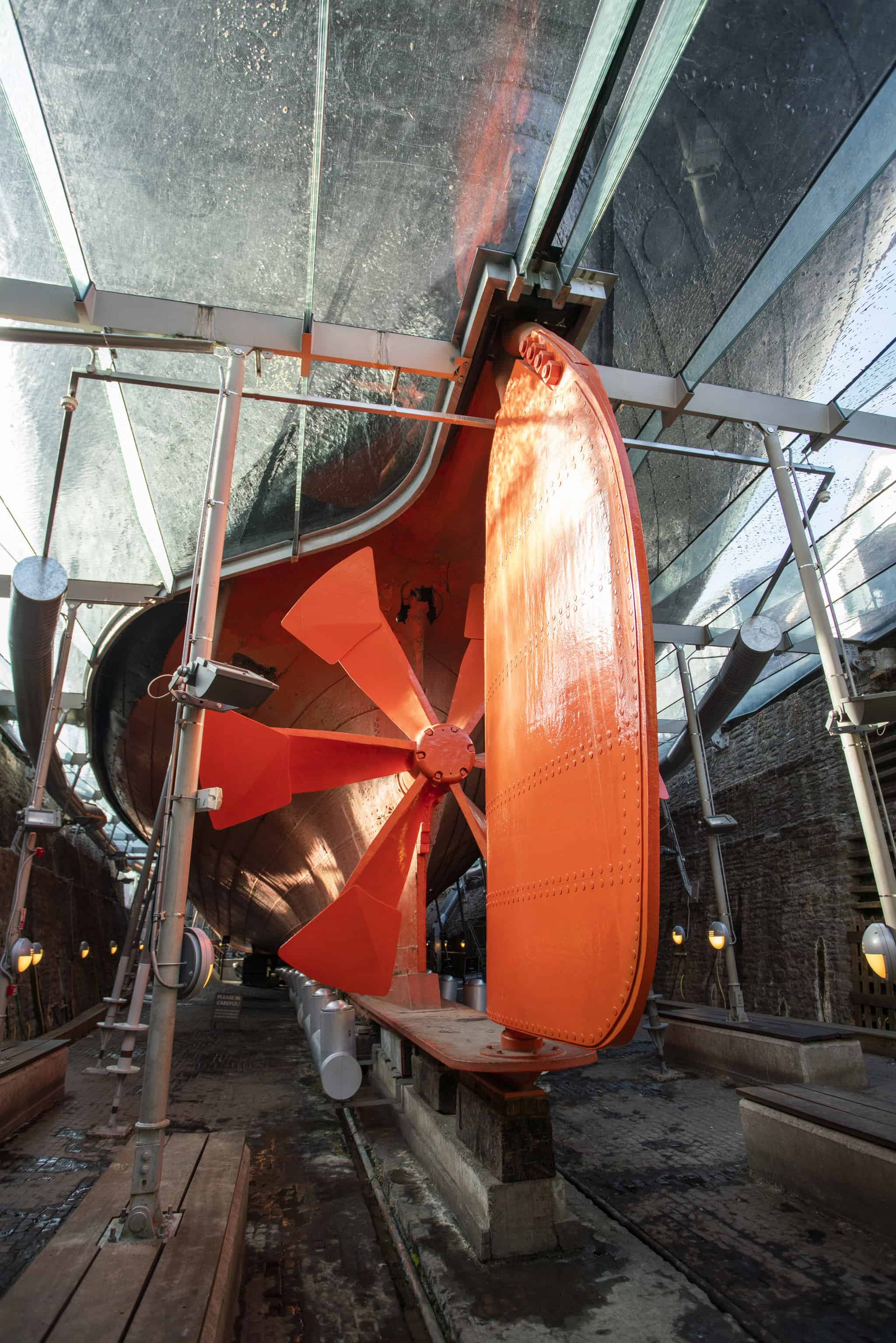Brunel himself was even known to joke about the terrible condition of his handwriting. In a letter to an autograph hunter where he jokes, “In compliance with your request I send you rather a good specimen of some of the worse handwriting in England”. Some 45,000 words of data later, and with our newly trained HTR (Handwritten Text Recognition) models up and running we are now using Transkribus to generate transcriptions with up to 65% success rate.
This has meant that the time it takes to transcribe a new Brunel document has been cut in half. Now, when a new document is transcribed, it is first put through one of our specialist Transkribus models to generate an initial transcription. This digital transcription can then be passed onto a volunteer to check and generate a final transcription. In recent weeks we were able to utilise Transkribus to successfully transcribe one of Brunel’s letters. The newly transcribed letter has been loaned to The Postal Museum, London where the outcomes of our Transkribus work will continue to be shared.
My dear Guppy,
I have had a very long talk with Field and Fort Maudslay and am glad to say that my views are fully bornout – it is curious that they seem to have just now arrived at the same conclusions and have been acting upon them – so that they were as much struck at my mentioning.
News of our work with Transkribus has also travelled far and wide. We were delighted that our project featured in the national press and local radio, where we were able to read an exclusive extract from one of Brunel’s Thames Tunnel diaries taken from the University of Bristol’s collections; originally written in 1827. Transkribus has now become a tool that can be relied upon to aid the speed and accuracy of transcribing Brunel’s handwritten documents, and we hope that it will continue to do so for many years to come.
But who truly knows what the future holds? Transkribus might even hold the secret for unlocking future Brunel discoveries to come, just watch this space!



